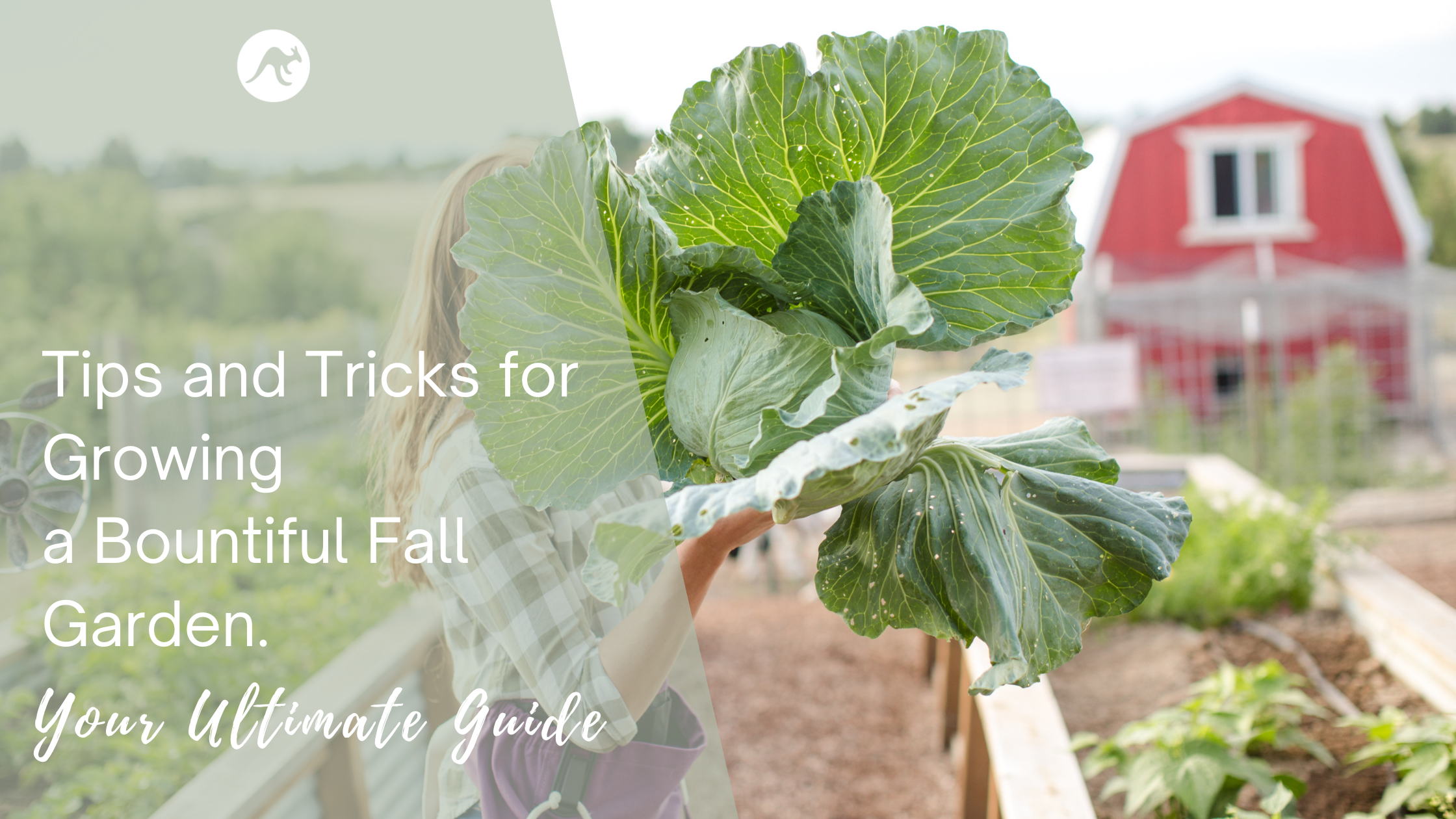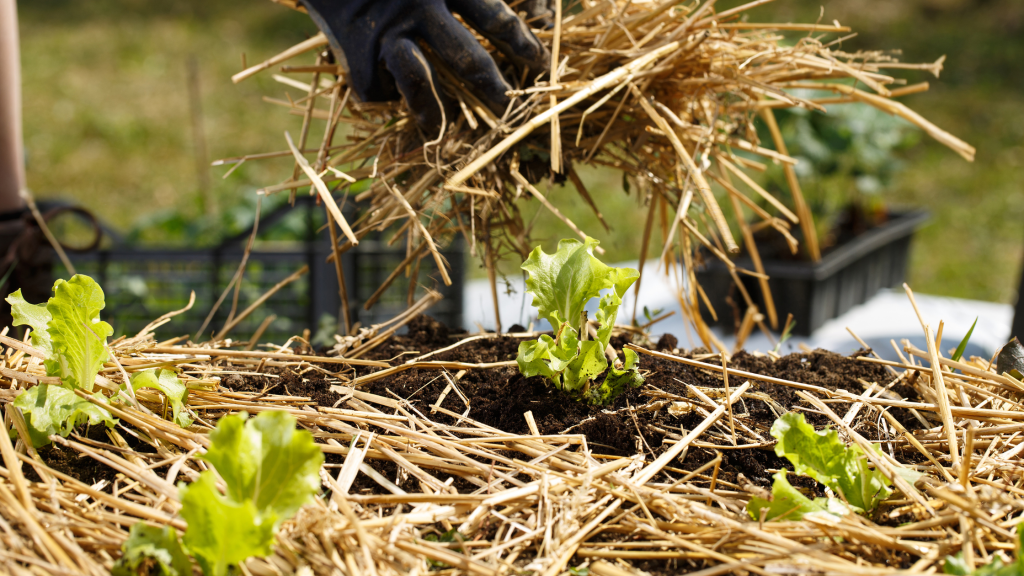
As the warmth of summer starts to wane and the leaves begin to change, we are presented with a unique opportunity to extend the gardening season by growing fall garden vegetables. Fall gardening not only allows you to make the most of your outdoor space but also provides a harvest of fresh, flavorful vegetables well into the cooler months. Join us as we explore a variety of tips and tricks to help yield a bountiful harvest.
Selecting the Right Vegetables
Choosing the right vegetables for your fall garden is super important. Opt for cold-hardy and quick-maturing crops that can withstand chilly temperatures and shorter daylight hours. Some great choices are carrots, spinach, lettuce, kale, radishes, broccoli, Brussels sprouts, and cauliflower.
Timing is Key
Timing plays such an important role in the success of your fall garden. Begin by calculating your area’s average first frost date, as this will guide your planting schedule. Count backward from this date to determine when to sow your seeds or transplant seedlings. Keep in mind that fall gardens often require earlier planting than spring gardens, as the vegetables need sufficient time to mature before the cold weather sets in.
Soil Preparation
Healthy soil is essential for a successful fall garden. Begin by removing any remnants of summer crops and weeds. Incorporate compost or well-rotted manure to improve soil structure and fertility. A well-draining soil is crucial to prevent waterlogged roots during fall rainfall.
Mulching Matters
Mulching serves several purposes in a fall garden. It helps to regulate soil temperature, conserve moisture, suppress weeds, and provide a protective layer for root systems. Organic mulches like straw, leaves, or wood chips keep the soil insulated and are a great additional to your fall garden.

Watering Wisely
Just as important as watering is to your summer garden, it is for your fall garden. As temperatures drop and rainfall becomes less predictable, it’s important to monitor soil moisture. Water deeply and less frequently to encourage plants to develop strong root systems. A drip irrigation system can help deliver water directly to the root zone, minimizing water waste and reducing the risk of fungal diseases.
Protecting from Frost
Unlike summer gardening, one of the greatest challenges of fall gardening is the threat of frost. Be prepared to protect your crops by having frost blankets or row covers on hand. When frost is forecasted, cover vulnerable plants in the evening before temperatures drop. Remember to remove the covers during the day to allow sunlight and air circulation.
.
Fertilization Strategies
The diet doesn’t stop with your fall garden. Applying the right nutrients at the right time is essential for healthy plant growth. Before planting, work a balanced fertilizer into the soil. Avoid over-fertilizing, as this can lead to excessive foliage growth at the expense of fruit development.
.
Fall gardening gives us an exciting opportunity to continue enjoying fresh, homegrown vegetables well beyond the summer months. By selecting the right vegetables, timing your plantings, preparing your soil, and practicing good gardening techniques, a bountiful fall harvest is waiting for you!
Happy gardneing!
.
